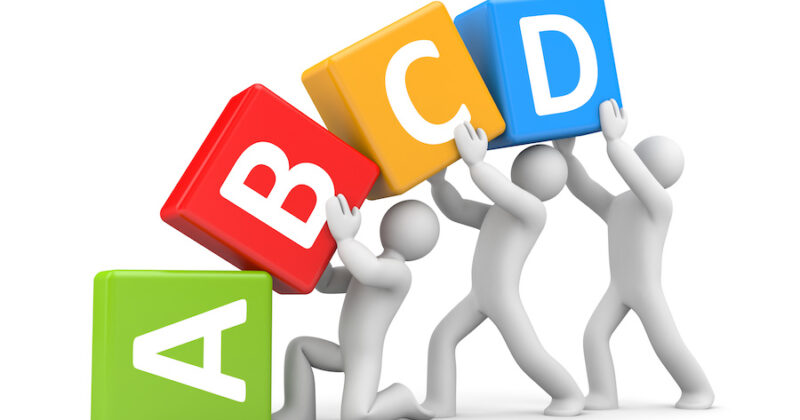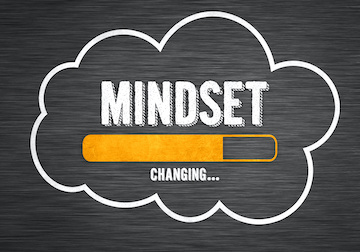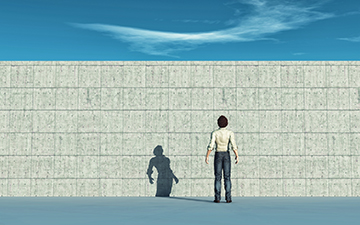
How to Develop Training Objectives
After reading the last post on the power of objective-based training, I hope I have you convinced it is worth your time to create and use objectives to drive your training. You might now be asking yourself, “how do I start when writing training objectives?”
You want clear, concise objectives; for this, I love the ABCD model presented by The University of Connecticut’s Center for Excellence in Teaching and Learning. This acronym stands for audience, behavior, condition, and degree.
Audience
When thinking about your audience, you will want to consider who is coming to your training and what are their academic and experience backgrounds. You may also want to consider what are their cultural and linguistic backgrounds. For the objective statement, you will most likely use a noun like participants or attendees.
Behavior
Behavior is the part of the objective that describes what you will observe and measure. You want to strive to use the most accurate and specific verb. Vague verbs like know or understand are nearly...





